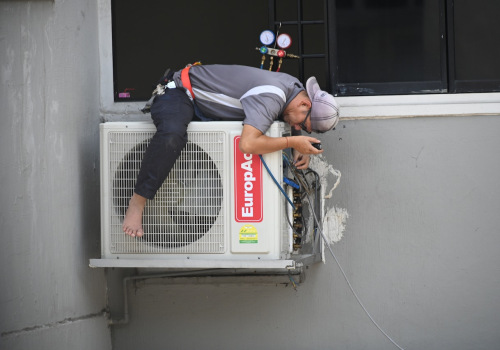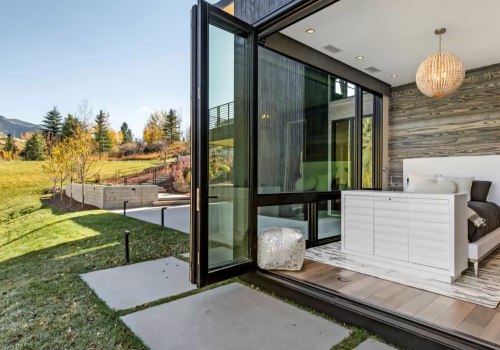The cost to replace a window can vary significantly based on several factors, including the type of window, its size, the material it's made from, the complexity of the installation, and the geographic location of the property. On average, homeowners can expect to pay anywhere from $300 to $1,000 per window, but this range can extend higher for specialty windows or custom installations. Understanding these variables can help homeowners budget appropriately and make informed decisions about their window replacement projects.
One of the primary factors influencing the cost of window replacement is the type of window being installed. Standard single-hung or double-hung windows tend to be on the lower end of the price spectrum, while more complex styles such as bay windows, bow windows, or large picture windows can be significantly more expensive. These specialty windows often require additional materials and labor to install, which increases the overall cost. For instance, a standard double-hung window might cost around $300 to $700 to replace, whereas a large bay window can range from $1,000 to $3,000 or more.
The material of the window frame also plays a crucial role in the cost. Vinyl windows are typically the most affordable option, known for their durability and low maintenance requirements. They usually cost between $300 and $800 per window. Aluminum windows are slightly more expensive, offering a sleek, modern look but less energy efficiency. Wood windows, while beautiful and energy-efficient, are among the most expensive, costing between $800 and $2,000 per window due to their aesthetic appeal and the craftsmanship involved in their installation. Fiberglass windows, known for their strength and energy efficiency, fall somewhere in between, with costs ranging from $600 to $1,500 per window.
Size is another important consideration. Larger windows naturally require more materials and labor to install, leading to higher costs. For example, replacing a small bathroom window may cost around $300, while replacing a large living room window can easily exceed $1,000. Additionally, custom-sized windows or those with unique shapes or designs will generally be more expensive than standard-sized options due to the need for special manufacturing processes.
The complexity of the installation is another significant factor. If the existing window frame is in good condition and does not require any structural modifications, the installation process will be straightforward and less costly. However, if there are issues with the frame, such as rot or damage, or if the homeowner wishes to change the size or style of the window, additional labor and materials will be required. This can involve carpentry work, alterations to the surrounding wall, and potentially even electrical work if the window is near wiring or other utilities. For example, replacing a window in an older home where the frame needs extensive repairs can add several hundred dollars to the overall cost.
Geographic location also impacts the cost of window replacement. Prices can vary based on regional labor rates, the availability of materials, and local building codes and regulations. Urban areas with higher living costs generally have higher labor rates, while rural areas might offer more competitive pricing. Additionally, certain regions may have stricter building codes that require specific types of windows or installation methods, adding to the overall expense.
Beyond the initial cost of the window and installation, homeowners should also consider the long-term savings and benefits associated with new windows. Energy-efficient windows can significantly reduce heating and cooling costs by improving insulation and reducing drafts. While these windows might have a higher upfront cost, the energy savings over time can offset this initial investment. Furthermore, new windows can enhance the curb appeal and value of a home, making them a worthwhile investment for many homeowners.
An example of an additional cost consideration is when updating a bathroom. If a homeowner is replacing a window in a bathroom, they might also consider updating other elements such as bathroom lighting options to complement the new window and enhance the overall look and functionality of the space. This kind of comprehensive update can improve both the aesthetic appeal and the energy efficiency of the bathroom, providing a fresh, modern look while also saving on utility bills.
In conclusion, the cost to replace a window depends on a variety of factors, including the type of window, material, size, installation complexity, and geographic location. By understanding these factors and planning accordingly, homeowners can ensure they get the best value for their investment and enjoy the benefits of new, energy-efficient windows for years to come. Whether replacing a single window or undertaking a larger renovation project, considering all associated costs and potential savings will help in making informed and financially sound decisions.




